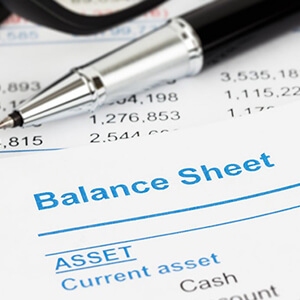Introduction:
A ‘Balance Sheet’ is one of the most familiar terms in accountancy, a financial statement incorporating the assets of the company along with their debts and shareholder’s equity recorded for a specific period.

Comprised in three segments, a balance sheet indicates the true value of the company in terms of what it owns, owes and the total capital invested by its shareholders. After its inception in the business world, accountants have formulated an equation through which we go on calculating the correct values present in a balance sheet.
Assets = Liabilities + Capital (Shareholders Equity)
The balance sheet has been named after the word ‘balance’ because it levels up all three elements from the equation. One side demonstrates ‘assets’ and the other sums up the liabilities along with the total capital from the shareholders. Therefore, it is important to check if this accounting document shows an imbalance in our business which isn’t a pleasing sight at all.
What’s More About A Balance Sheet?
It has been observed that ‘assets’, ‘liabilities’ and ‘shareholder equities’ – All three of these segments are composed of numerous smaller accounts that help in breaking down the overall finances of the company. However, such accounts are impacted through the industry choices and the same terms can result in changed implications depending on the nature of the business.
Therefore, most accountants have coined the term ‘screenshot’ for a balance sheet as it represents the financial standings of the company for a specific period of time. It is recommended to compare the balance sheets belonging to the same industry to cut up on the unwanted expenses and putting the revenue scale on the launching pad.

